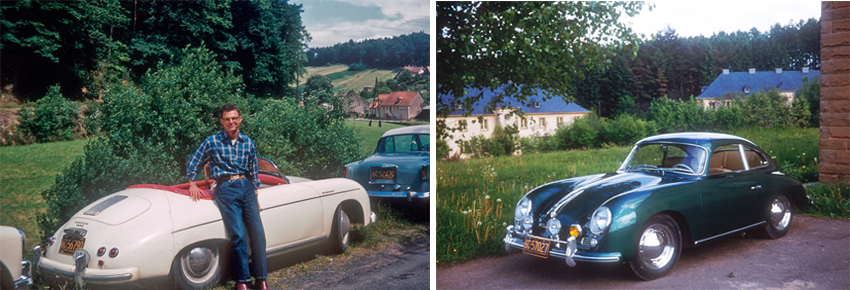When young Texan Don Janssen went off to war in spring of 1944, the fate of the world hung in the balance. Like so many young men of the era, he could never have guessed where his adventures would take him.
Janssen landed in the second wave of the Normandy attack, fighting among the legendary Hedgerows where he was shot in the knee. He was flown home to Texas to recover, and then pursued a degree in civil engineering at Shreiner University, in Kerrville, TX. From 1952 to 1958, Janssen returned to Europe to play a part in the Reconstruction, taking jobs in Kaiserslautern and Mainz – neither of which is far from Stuttgart – working on dam building projects. Shortly after, he began a lifelong passion for all things Porsche.
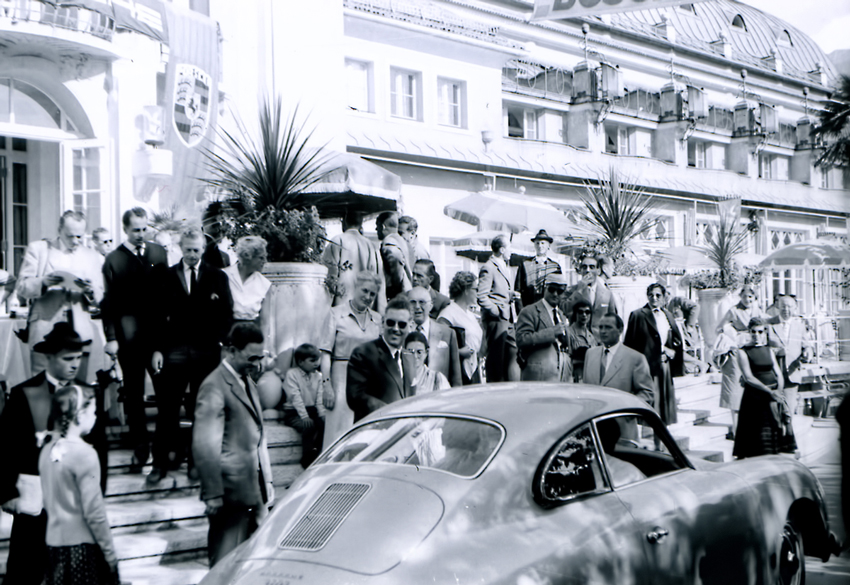
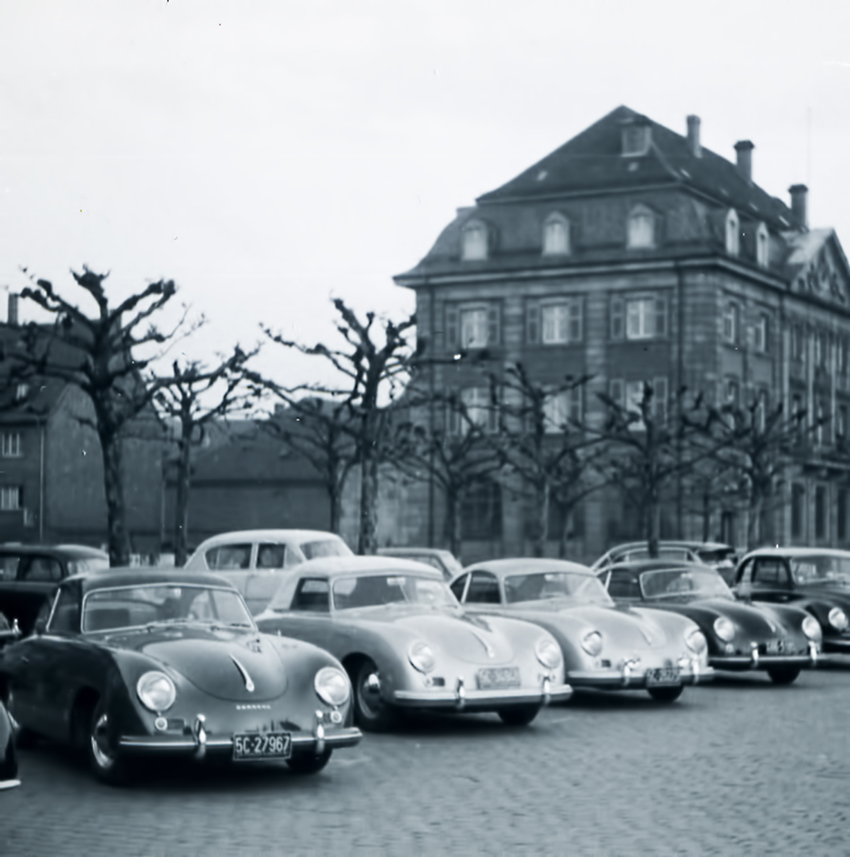
While we now think of Porsche as a corporate institution, in the early 1950s it was more of a small private club, with many of the European owners having personal connections to Huschke von Hanstein and members of the Porsche family. Janssen bought several of the seven cars he owned in Europe directly from the factory. Along with his involvement with the American Sports Car Club, Janssen soon found himself participating in several Porsche organized events, including a rally with several European starting points with a common finish in Meran, Italy. He also joined the fledgling Porsche Club of America in its first year.
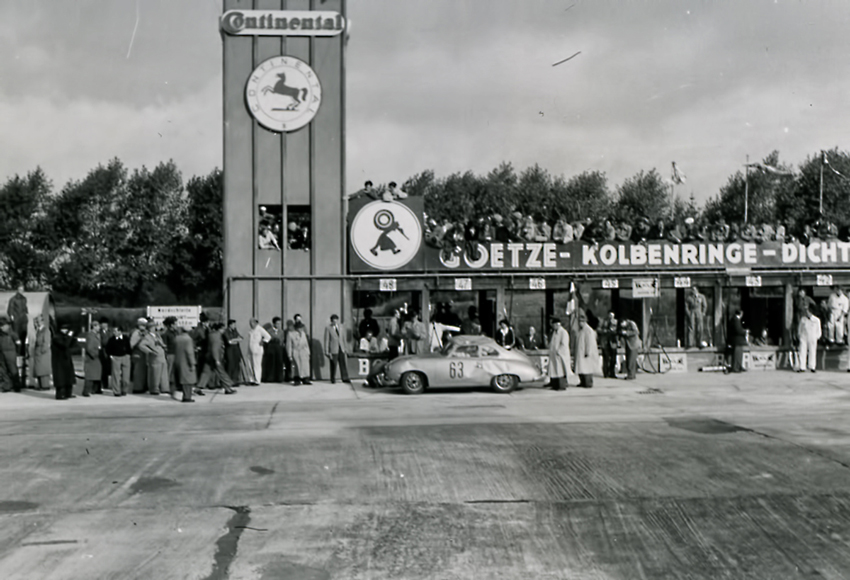
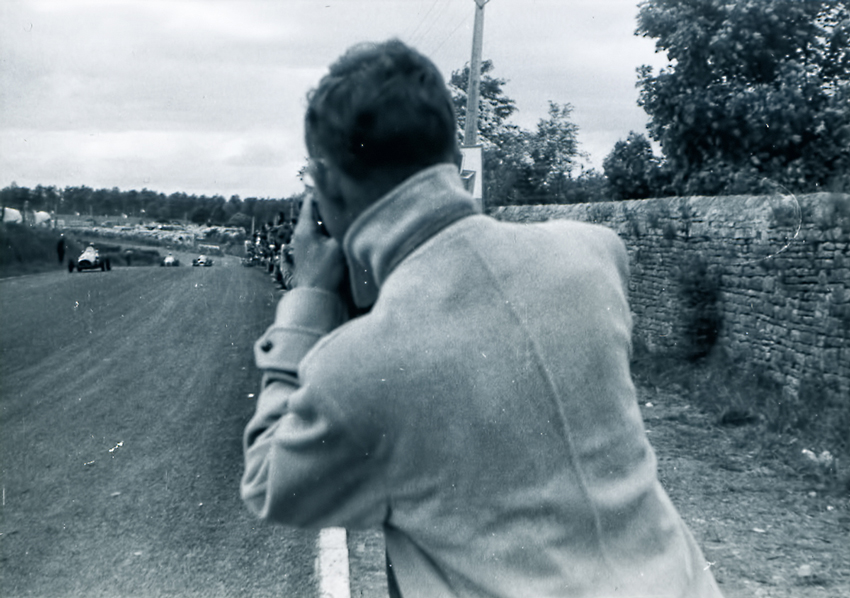
On his own or with a small group of friends, he traveled to races at Nürburgring, Norisring, Avus, Monza, Spa, Reims, and Le Mans. Over time, he got on speaking terms with Stirling Moss, Alberto Ascari, Juan Fangio, Tony Brooks, Mike Collins, Hans Herrmann, Wolfgang von Trips, and the legendary journalist Denis Jenkinson, often mingling with them before and after the events. Such was his enthusiasm that he kept all of his admission tickets, some of which were in the form of enameled pins, and the event brochures. Typical of his meticulous nature, he bought and pressed Monday newspapers with the race stories and results.
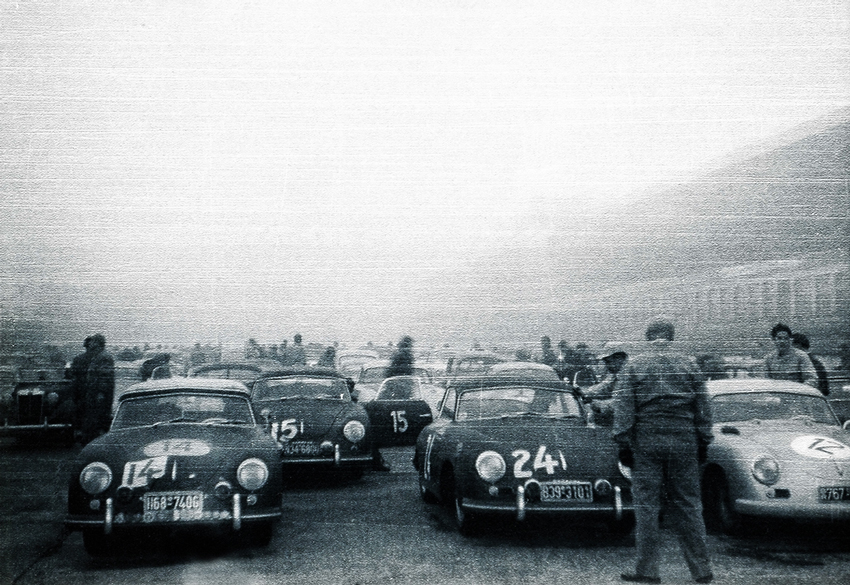
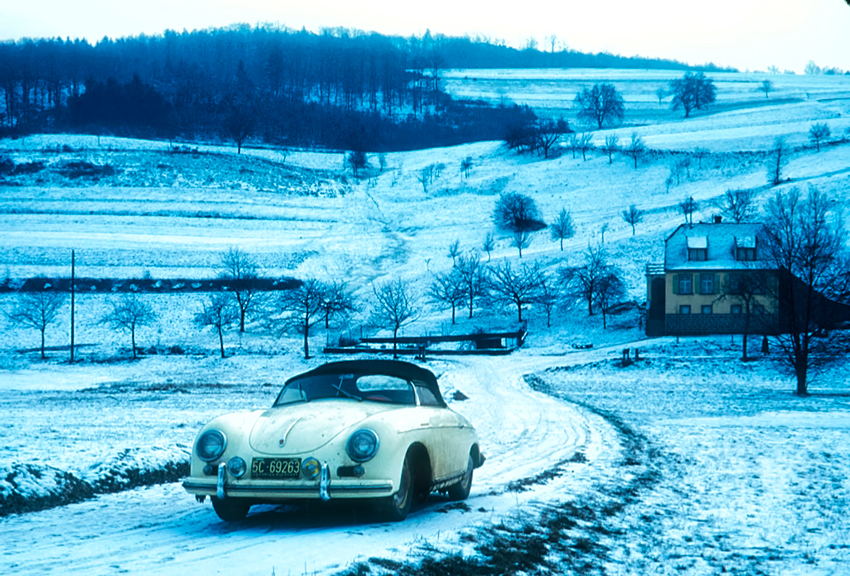
The Porsche camaraderie took Janssen on tours and rallies all throughout the Rhineland, the forests of the Ardennes, and into the Alps. One of his most memorable was his participation in the Bad Nuenhahr rally, which included a stage on the ‘Ring’s Nordschleife, run in the fog. He recalled that the winner lapped him…twice! Then there were the social events, splashed with the kind of elegant yet understated glamour only found in post-war Europe when people felt the obligation to live life at its fullest and most vibrant.
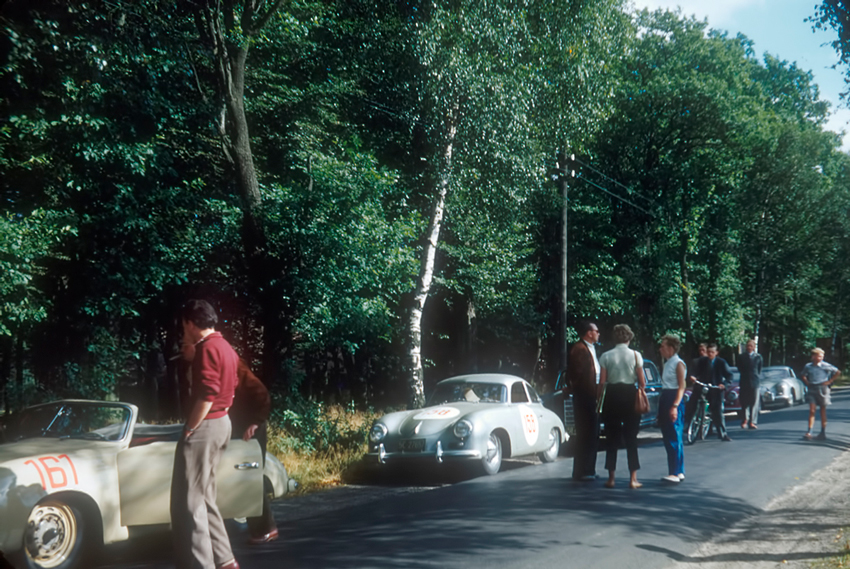
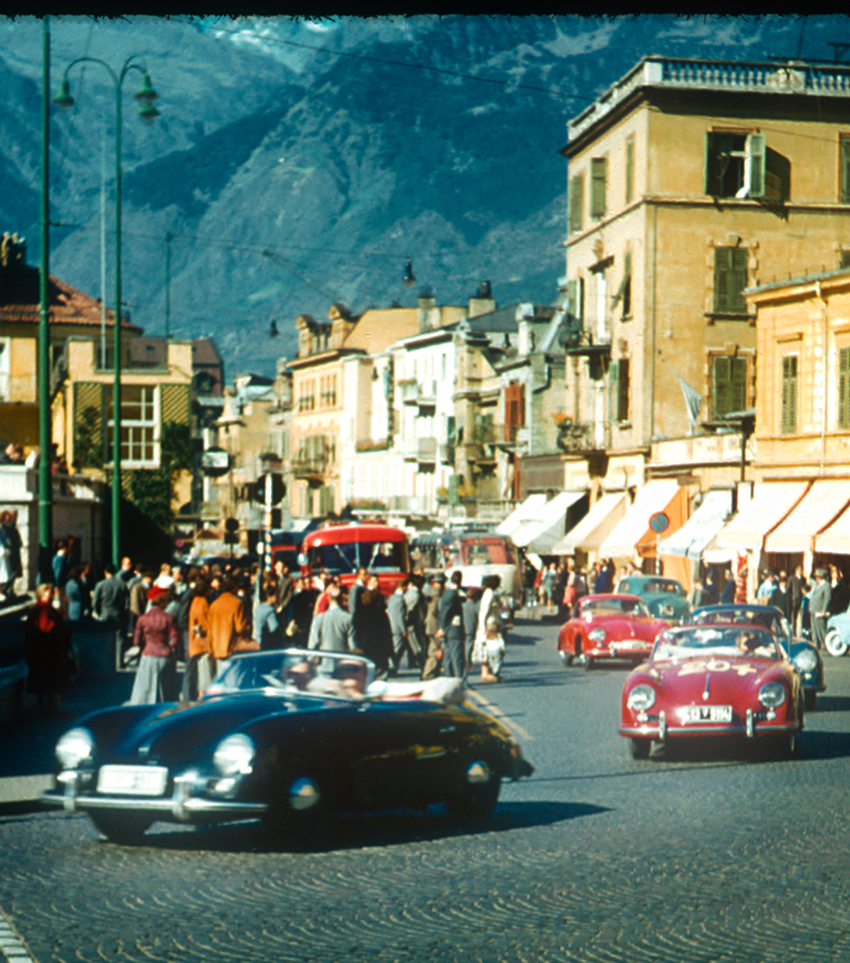
Fortunately for us, besides Porsches, Janssen had another new hobby: he was an avid photographer who chronicled his adventures all over Europe. His photos are telling in several ways. Important to Porsche enthusiasts, they show the birth of an industry and an automotive social movement in its earliest days.
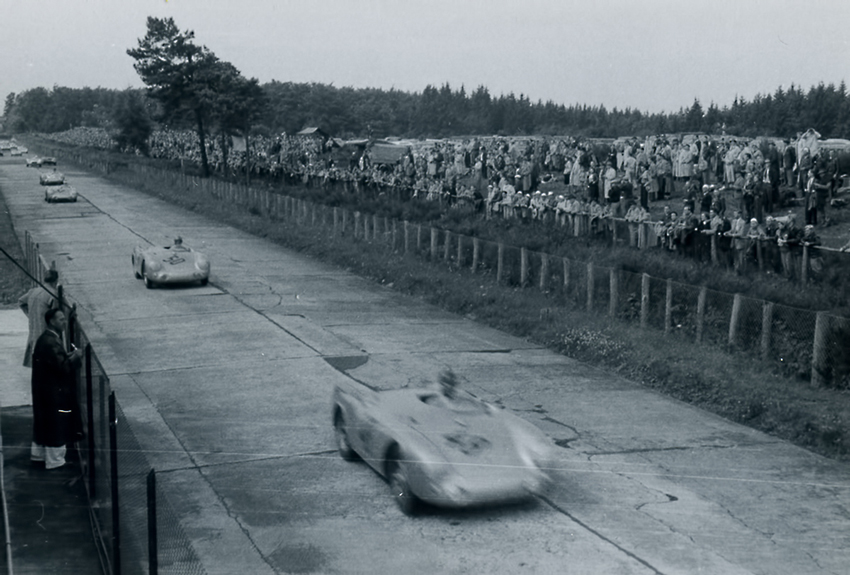
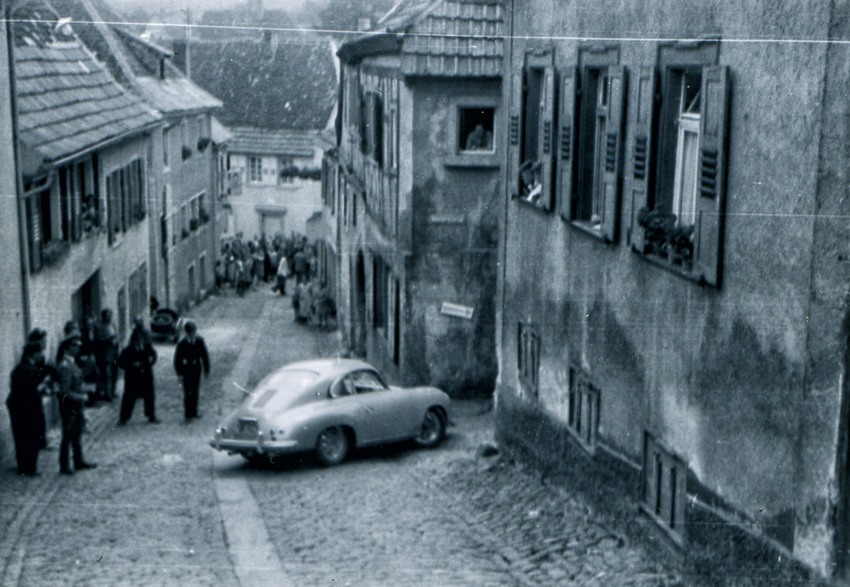
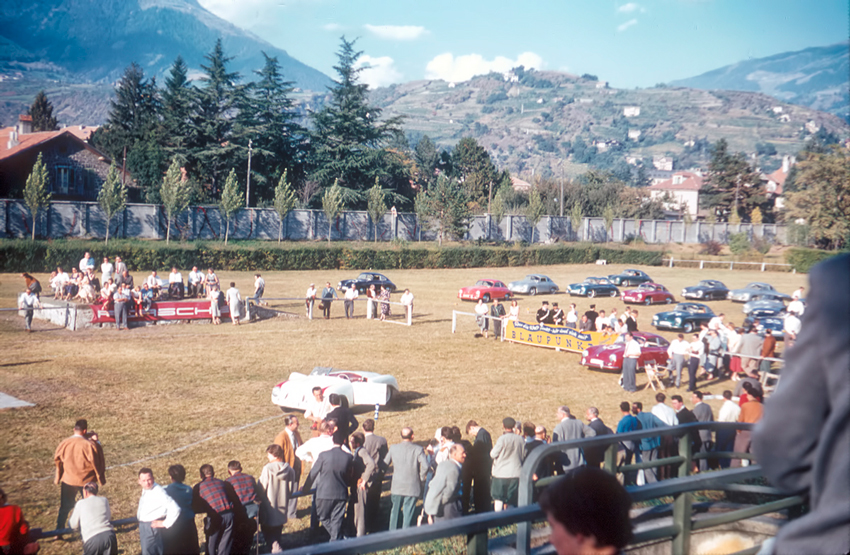
They also illustrate how even less privileged people made an effort to dress for occasions, while the elite established new trends for style, both in dress and automotive finery. More subtly, if you look closely you’ll notice – except for the larger events – how few people are in the background; telling for the post-war era when populations were only beginning to recover.
While economic times were still difficult, the optimism of this era shines through as friendships were forged among people who – only a few years before – were bitter enemies. During one conversation with a co-worker, Janssen discovered they had fought each other across the front lines in France and that he was more than likely shot by the man he was working with. Janssen’s response was true to his character and the times: As a bachelor with no children of his own, he supported the man’s children through college.

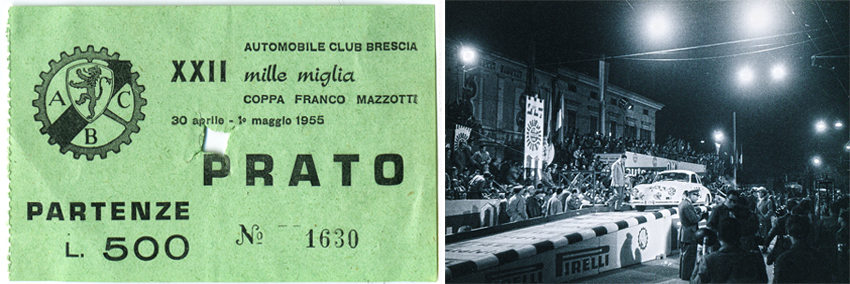
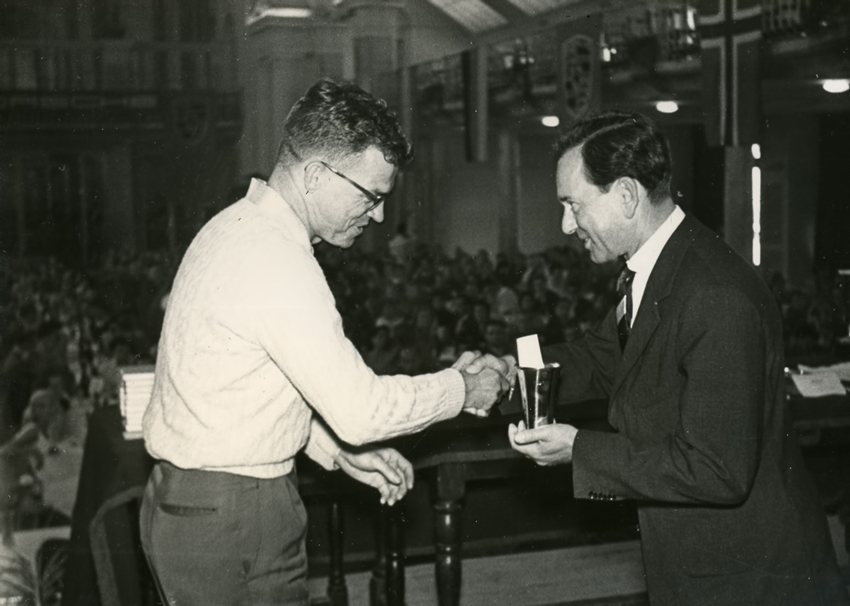
With his European assignment finished, Janssen continued his passion for Porsches when he returned to the United States, eventually settling in Albuquerque, New Mexico. He attended the 1960 Porsche Parade in Aspen where he reconnected with the Porsche family. He went on to own many more Porsches, 17 in all. When he died in 2011 at the age of 87 he owned and was still using a 2006 997 Club Coupe and a 40th Anniversary Ferry Porsche Edition 996 as his daily drivers. Though his living quarters were small and modest, he was intensely proud of his Porsche memorabilia and his complete collections of Porsche Panorama, Excellence, and Automobile Quarterly.
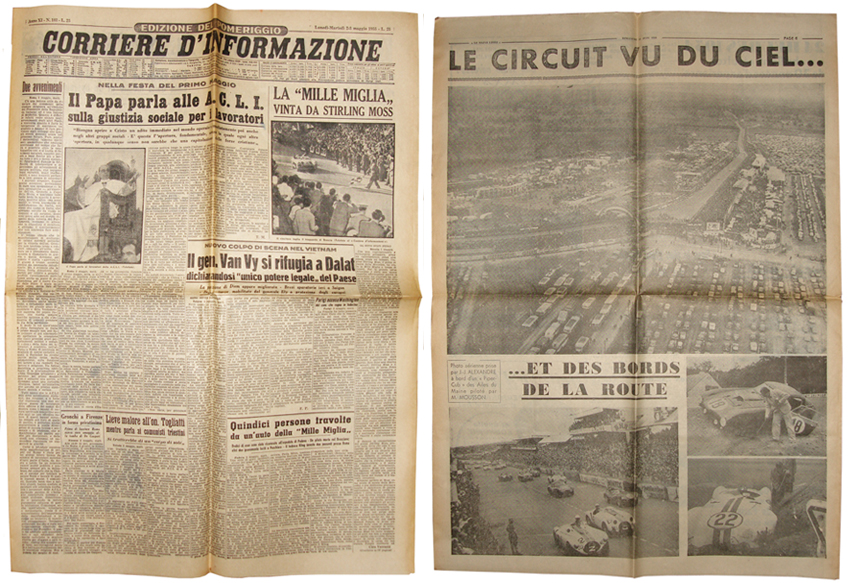
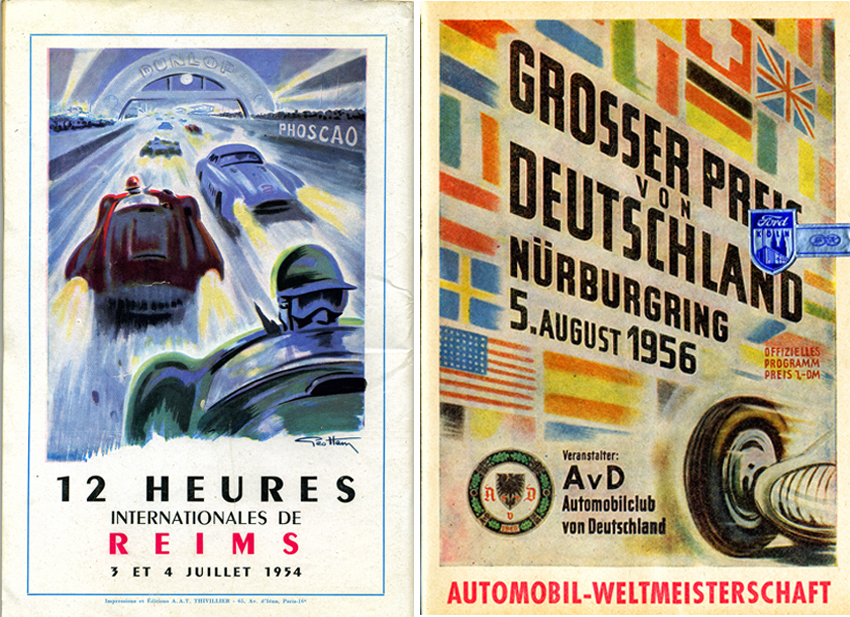
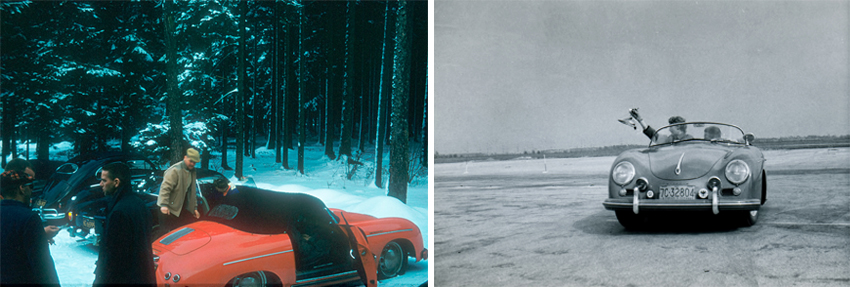
We thank him for his service to his country, and to the Post War Restoration effort. We take joy in his marvelous documentation of the early golden age of Porsche in Europe. How it must have been…!
